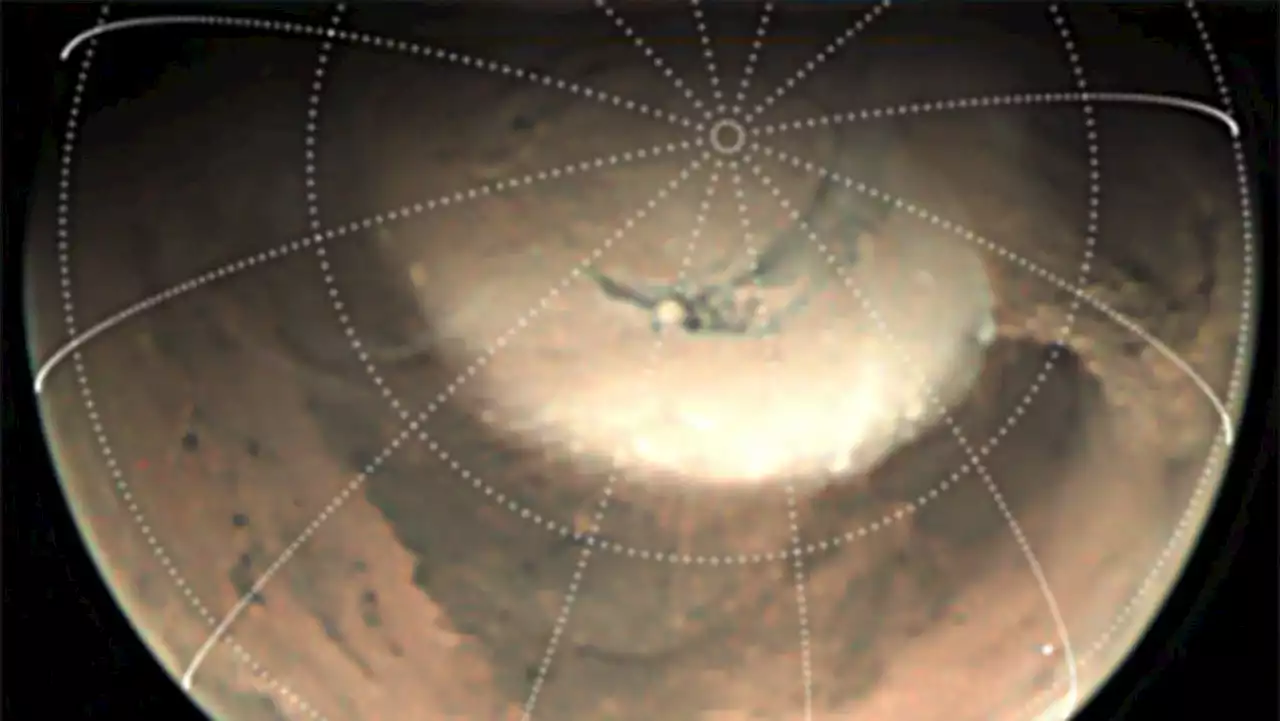After repeated delays and the loss of its Russian-built rockets, Europe’s ExoMars rover is go for launch again, in 2028, government ministers agreed last week.
In building a new, Russia-free landing system, “we are not starting from scratch,” says Thierry Blancquaert, ESA’s ExoMars team leader. Most components on Schiaparelli worked faultlessly, and ESA provided—and can reuse—some systems on Kazachok, including its parachutes, radar, radio communications, and the onboard computer. Engineers will now remove these from the Russian lander, which remains in Italy, where it was due to be mated with the rover when Russia invaded.
NASA may also provide radioisotope heaters, power packs that use the decay of plutonium-238 to keep the rover from freezing during the frigid martian nights. If it does, U.S. regulations require that the heaters fly on a U.S. launcher, which would most likely be a SpaceX Falcon-Heavy or a Vulcan Centaur from United Launch Alliance.
Two other rovers—NASA’s Perseverance and China’s Tianwen-1—have almost a decade’s head start. But an ESA study found that the science ExoMars will provide after it lands in 2030 would still be worthwhile—especially investigations using its deep drill. For the scientists involved, there is no doubt: “No mission can replace ExoMars,” Ciarletti says.
The real losers of the new arrangement are scientists—both Russian and European—who designed instruments to be mounted on the Kazachok lander. Because of the tight timetable for developing the new ESA lander, it will not do any science. “My feeling is of great discouragement due to the current geopolitical situation,” says Francesca Esposito of the Astronomical Observatory of Capodimonte, who built a dust sensor for the earlier lander.
Malaysia Latest News, Malaysia Headlines
Similar News:You can also read news stories similar to this one that we have collected from other news sources.
 Many Clouds on Mars are Driven by Dust, not WaterOne of the benefits of having a cluster of satellites orbiting another planet is that scientists can then analyze that planet’s weather. Sometimes in that process, they find patterns that are strikingly similar to those found on our home planet. That was the case recently when a group of scientists from ESA used data from … Continue reading 'Many Clouds on Mars are Driven by Dust, not Water'
Many Clouds on Mars are Driven by Dust, not WaterOne of the benefits of having a cluster of satellites orbiting another planet is that scientists can then analyze that planet’s weather. Sometimes in that process, they find patterns that are strikingly similar to those found on our home planet. That was the case recently when a group of scientists from ESA used data from … Continue reading 'Many Clouds on Mars are Driven by Dust, not Water'
Read more »
 Mars Once Had So Much Water, It Could Have Been An Ocean World, Scientists SayToday, Mars is colloquially known as the 'Red Planet' on account of how its dry, dusty landscape is rich in iron oxide (aka.
Mars Once Had So Much Water, It Could Have Been An Ocean World, Scientists SayToday, Mars is colloquially known as the 'Red Planet' on account of how its dry, dusty landscape is rich in iron oxide (aka.
Read more »
 We Tried Out Deliver Us Mars To See How The Game PlaysFrontier Foundry held a special demo for their upcoming game Deliver Us Mars where we got to try out some of the game's aspects and mechanics.
We Tried Out Deliver Us Mars To See How The Game PlaysFrontier Foundry held a special demo for their upcoming game Deliver Us Mars where we got to try out some of the game's aspects and mechanics.
Read more »
 Houston researchers' medical device, set for space station test, may help astronauts reach MarsOn Earth, device could also help people who live in remote areas access health care.
Houston researchers' medical device, set for space station test, may help astronauts reach MarsOn Earth, device could also help people who live in remote areas access health care.
Read more »
 12-year-old dead after playing Russian Roulette, 3 arrestedA 12-year-old is dead after police say he and others played Russian Roulette in Jackson, Mississippi. Two juveniles are being charged with murder.
12-year-old dead after playing Russian Roulette, 3 arrestedA 12-year-old is dead after police say he and others played Russian Roulette in Jackson, Mississippi. Two juveniles are being charged with murder.
Read more »
 12-year-old dead after playing Russian Roulette, 3 arrestedA 12-year-old is dead after police say he and others played Russian Roulette in Jackson, Mississippi.
12-year-old dead after playing Russian Roulette, 3 arrestedA 12-year-old is dead after police say he and others played Russian Roulette in Jackson, Mississippi.
Read more »